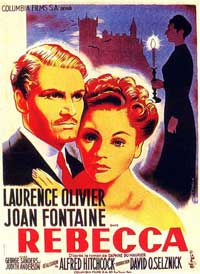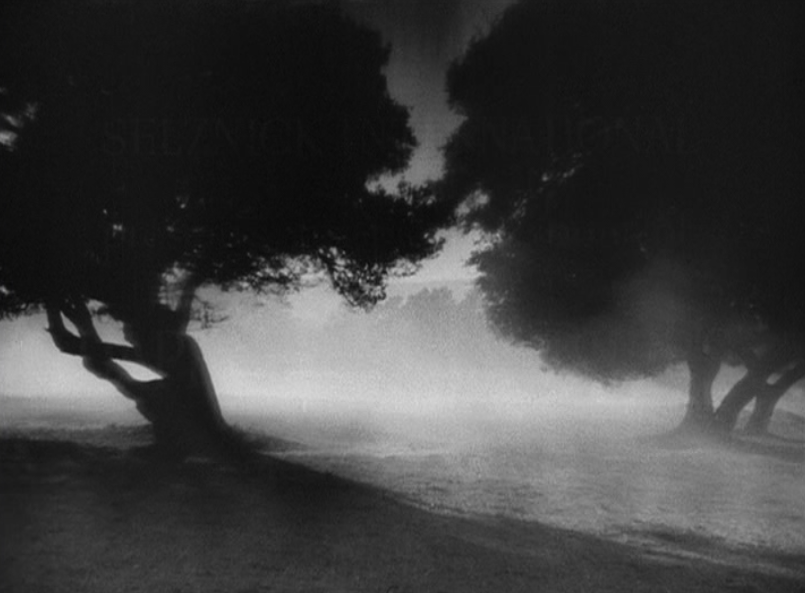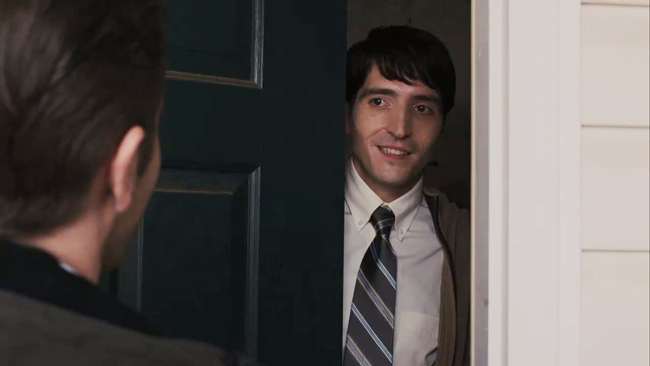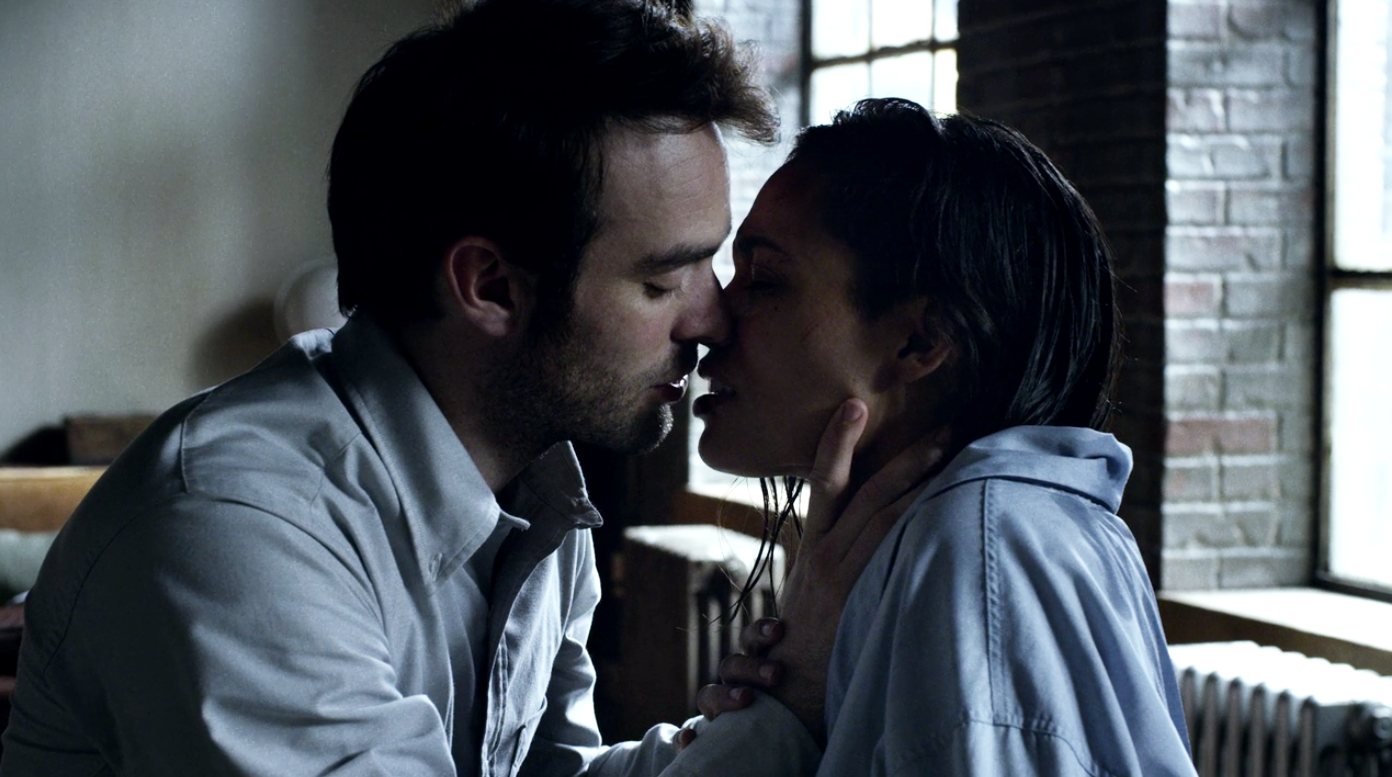 A 75th Anniversary Special
A 75th Anniversary Special
Alfred Hitchcock's Best Picture winner Rebecca (1940), based on the novel by Daphne Du Maurier, is 75 years old this month. To celebrate, Team Experience is experimenting with something entirely new: a baton pass viewing of sorts. We don't even know how it will turn out so we hope you'll stick with it and enjoy. Five of us will be watching Rebecca in shifts. So we each get about 26 minutes of it to write about. As your host, Nathaniel, it's my duty to start running when the gun goes off. In this case perhaps lighting an Olympic flame and starting to jog is a more fitting analogy?
Flames... Breathing.... on the side of Mrs Danvers face...
Part 1. By Nathaniel
00:01 How I do love the MGM Lion roar. First some loud David O. Selznick fanfare in the form of a title card and then a Selznick pictures tag and later another Selznick credit. Guess who's paying the bills? And then a silhouette of trees, which hey, Isn't that how GWTW's title cards begin, too? Bragging much, Selznick?

Opening credits in old movies are always over so quickly. This one names only 35 people, and 5 of them are the writers. Can you imagine?
35 names wouldn't even cover the visual effects department credits on a remake of Rebecca from the fire sequence alone (this sentence was not intended to give Hollywood any ideas). Once Pandora's Box of Credits was unlocked, credits got longer and longer.
02:00 We begin on wrought-iron gates with one of the most famous of opening movie lines.
Last night I dreamt I went to Manderley again.
(Something no one ever said about Lars von Trier's Manderlay.)
In her dream state opening monologue our protagonist (Joan Fontaine's Mrs de Winter) mentions the supernatural. She drifts like a spirit through those gates, winding through fog and trees until she conjures up a silhouette of Manderley, "secretive and silent," which is just as well because the lies begin immediately thereafter. She tells us that "Time could not mar the perfect symmetry of those walls" but that's the end of any notion of immortality. More...

Click to read more ...
 Tuesday, April 14, 2015 at 11:59PM
Tuesday, April 14, 2015 at 11:59PM  A Scene From PRISONERS (2013)
A Scene From PRISONERS (2013) 









